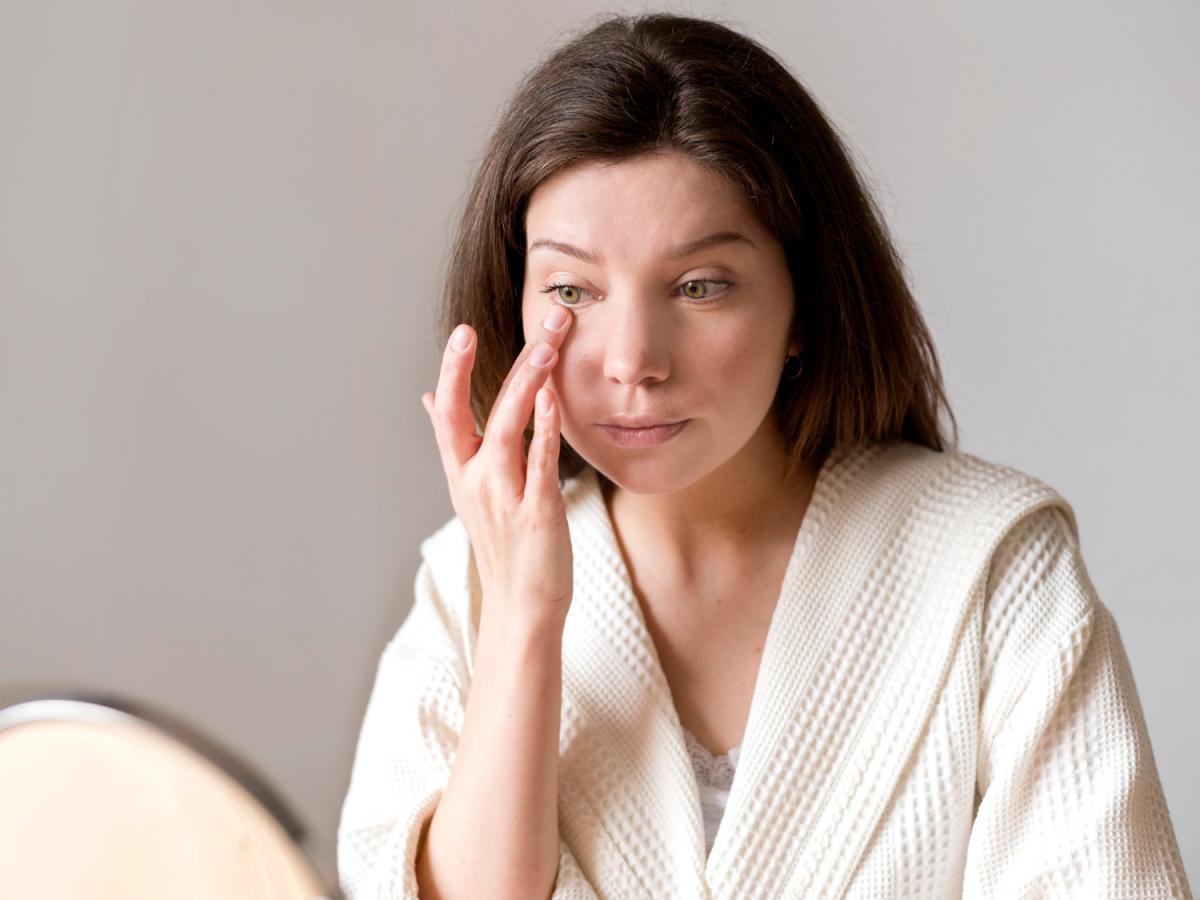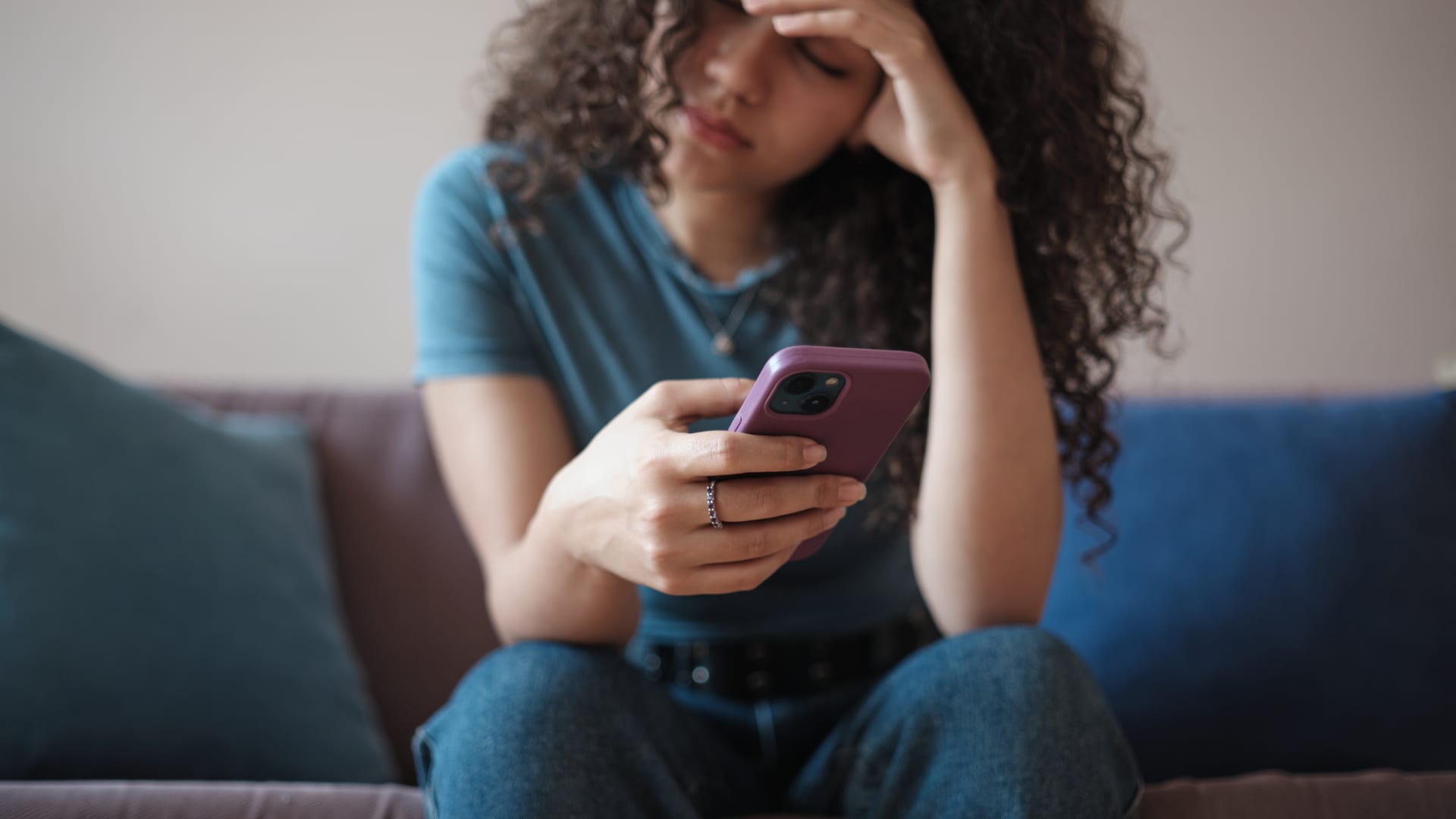Copyright keenesentinel

It’s time to “fall back” on Sunday and regain that hour of sleep lost in the spring. Recent research shows that most Americans have grown tired of daylight saving time. A Gallup poll earlier this year revealed that the majority of Americans would like to eliminate these biannual time changes and most prefer standard time as the default. Stanford Medicine research released in September shows that sticking with one time — either standard or daylight saving — would result in better health. Changing the clocks twice a year disrupts our circadian cycle, researchers found. They also discovered that standard time is more aligned with human circadian rhythms than daylight saving time. For the first time since 1999, Gallup surveyed Americans this year about their thoughts on daylight saving time. The January poll showed 54 percent of Americans would like to do away with it. The responses differed markedly 26 years ago. In 1999, 73 percent said they favored daylight saving time. The U.S. introduced daylight saving time in 1918, the last year of World War I, when the country sought to conserve fuel by extending daylight working hours as a wartime necessity. The matter of whether to use daylight saving time was left to the states until 1966, when Congress passed the Uniform Time Act to institute time changes nationally in the spring and fall of each year (spring ahead, fall back). Every year since 2018, bills have been introduced in Congress to maintain a single time year-round. But they have stalled because lawmakers can’t seem to agree which would be better: daylight saving time or standard time. Earlier this year, members of Congress from both parties introduced proposals to make daylight saving time a year-round standard, something the president has said he favors. But the Gallup poll shows most Americans would prefer standard time. Specifically, Gallup asked participants which of the three they prefer: having standard time year-round, having daylight saving time year-round or maintaining the current system of switching between the two. Forty-eight percent said they would prefer standard time the whole year. Half as many — 24 percent — said they prefer having daylight saving time in place the whole year. Nineteen percent said they prefer the status quo of switching between the two. The remainder said they were uncertain. The recent Stanford Medicine study indicates that most Americans would be healthier without the biannual time change. The loss of an hour on the second Sunday in March has been linked to an increase in heart attacks and fatal traffic accidents in the days following the clock change. Stanford Medicine researchers have found longer-term health risks as well. By modeling light exposure, circadian impacts and health characteristics, researchers estimate that permanent standard time would prevent some 300,000 cases of stroke per year and result in 2.6 million fewer people having obesity. Permanent daylight saving time would achieve about two-thirds of the same effect, according to the study. More than 20 medical, scientific and civic organizations have endorsed year-round standard time, according to The Council of State Governments. They include the American Academy of Sleep Medicine and the American Medical Association. While educators generally support eliminating the disruptive twice-yearly time changes, they appear to be split on which option would be best for students year-round. In the Northeast, standard time eliminates the worry of children waiting for the morning school bus in the dark during the fall and winter months. On the other hand, some educators say year-round daylight saving time would provide more opportunity for outdoor after-school activities. Businesses, particularly those connected to outdoor recreation, support daylight saving time. They include retailers, golf clubs and professional sports organizations. Spanish Prime Minister Pedro Sánchez announced last week that he will propose to the European Union that daylight saving time be scrapped. “It no longer makes sense,” Sánchez said on social media. “It barely helps save energy and has a negative impact on people’s health and lives.” Mounting medical evidence shows that dispensing with changing the clocks would be healthier. Americans would like to stop the switch. The debate centers on which time to choose. Standard time seems to have the edge.



